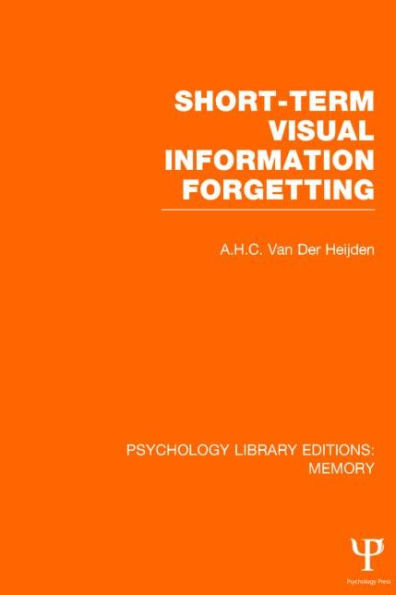The central theme which is discussed is how we select relevant and discard irrelevant information. The basic assumption is that all incoming information is identified, that is, it reaches and activates the appropriate lexical entries. A piece of identified information is described as a unit consisting of three distinguishable codes: a visual code, a lexical or semantic code and a motor or action code. Identified information decays fast, so selective attention operates by selecting those units which have to be saved from this rapid decay. In a sense, therefore, the human information processor is described as struggling against forgetting.
The central theme which is discussed is how we select relevant and discard irrelevant information. The basic assumption is that all incoming information is identified, that is, it reaches and activates the appropriate lexical entries. A piece of identified information is described as a unit consisting of three distinguishable codes: a visual code, a lexical or semantic code and a motor or action code. Identified information decays fast, so selective attention operates by selecting those units which have to be saved from this rapid decay. In a sense, therefore, the human information processor is described as struggling against forgetting.

Short-term Visual Information Forgetting (PLE: Memory)
258
Short-term Visual Information Forgetting (PLE: Memory)
258
Product Details
| ISBN-13: | 9781848723580 |
|---|---|
| Publisher: | Taylor & Francis |
| Publication date: | 04/24/2014 |
| Series: | Psychology Library Editions: Memory |
| Pages: | 258 |
| Product dimensions: | 6.12(w) x 9.19(h) x (d) |
